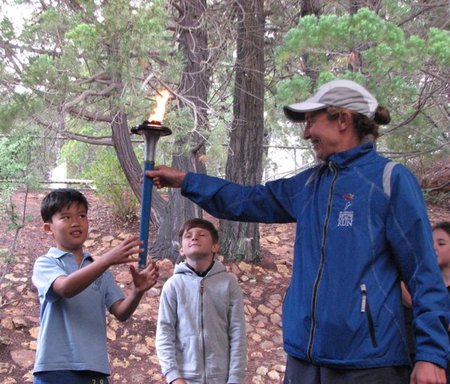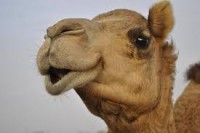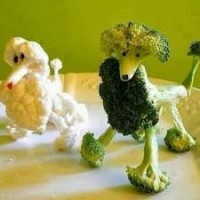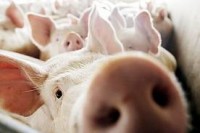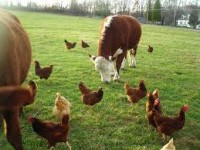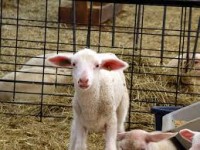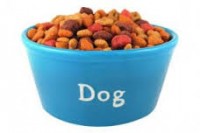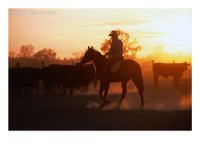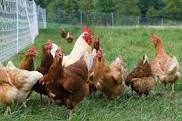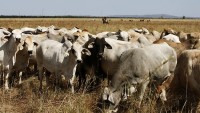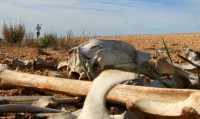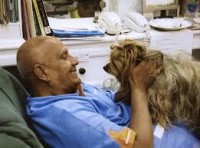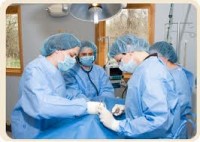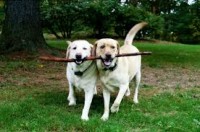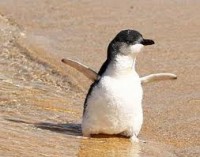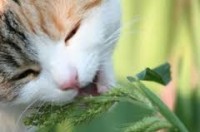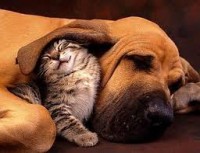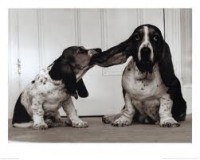Chemical Warfare; is it fair?
Monday, September 19th, 2016Most of us have been engaged in chemical warfare in our homes for many years without really thinking too much about it.
Apart from environmental toxins that we do not actively choose to expose ourselves to, as highlighted in a recent New York Times article implicating flame retardants with hyperthyroidism in cats, there are many other examples that we do have a choice about.
We owe it to ourselves and to our pets to make better decisions about the products we use on them and in our home environment. We have to stop using our pets and our gardens as pest control and toxic waste dumps.


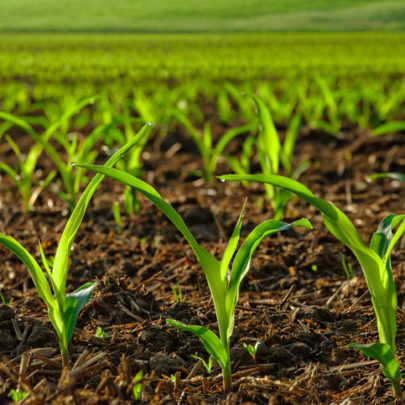

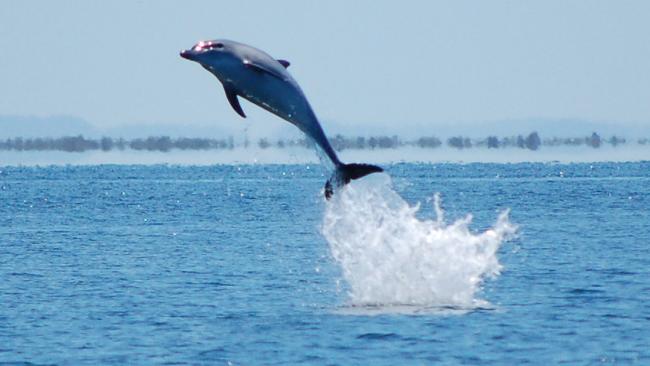


“Our reluctance or refusal to acknowledge that all the chemicals we use in or on our pets every month for the inconvenience of fleas, the minor risk of heartworm or the near to zero risk of many parasites is directly damaging the ecological balance of soil and water systems and consequently our health and the health of our planet.”
Soil and water grow our food and our food determines our health but we still pile on the chemical assault in the name of ‘best practice’.
Slowly messages are filtering into our lives. I am relieved that we finally understand how dangerous glyphosate (the purportedly ‘non-toxic’ Roundup poured onto our earth in gallons for years) has been shown to be to our health through damage to our intestinal floral balance. Glyphosate causes serious chronic disease.
Many, many people have been made sick to bring us this ‘news’.

We have been aware for a very long time that the run off from superphosphate fertilised pastures has contributed to toxic algal blooms in waterways, depleting oxygen and nutrients to aquatic life.
It appears through my own research that we also know that the faecal excretion of ivermectins (antiparasiticides) given to horses, cattle, sheep, dogs will be active in the soil for weeks to months killing soil inhabitants. Apart from the widespread use of these chemicals in agricultural practice, large numbers of dogs receive these chemicals every month in the guise of “all in one” heartworm and parasite control.
Invermectins kill soil organisms and insects essential to a healthy ecological and environmental balance. Even when we pick up after our dogs, the faecal material still ends up back in the soil or water along with the active chemical cocktails it contains.
Our war on these ‘lesser’ lifeforms with whom we share our planet is contributing to us killing ourselves through our failure to see that we are all part of the same universal system each with a specific role to play. We cannot survive without the organisms we have been killing because there is an ecological balance that is designed for the greater common good. Until we reclaim this harmony we cannot expect the “One Health” initiative to ever hold traction. One Health surely must look at the health of the Earth as supporter of all life.
Rachael Carson warned us over fifty years ago in Silent Spring that we were doing this but powerful companies that have invested millions of dollars in research to find better poisons keep pushing their agenda towards profits and stopping those in opposition from being heard. They profit in the short term by keeping us all sick and selling us medicines but in the long term we all go down together. The insidious rise in chronic diseases result in elevated stress and anxiety disorders with the poorer nutritional values of foods, silently but surely weakening us further.
“The current war on disease that has driven us to a state of near frenzy is none other than the ghosts of our own deeds past, returning to plague us for our misguided failure to act wisely and sooner.”
There are no ‘new’ diseases, just the same forces trying to restore balance in a counter attack. These forces will keep knocking at our door until we either, listen and change our approach, or we become so damaged by weakened immune systems that we have an intractable dependence on drugs and diseases with even greater resistance to them. By the way, vaccination is not the answer.
Contrary to wide held popular belief, vaccinations generally weaken and confuse the immune system. There is no vaccination against ignorance.
It is easy to believe that we have already gone past the point of no-return in saving the health of our planet but fortunately individuals do make a difference.
Progress may seem slow but it is surely happening through the Herculean efforts of people such as MADGE, GeneEthics , and a host of organic and biodynamic farmers and organisations who have found strength in numbers to fight against multinational corporations who believe that they own our food and our health.
“Unfortunately, most of my veterinary colleagues and other medical practitioners are still largely unaware of their own power to change this paradigm as the corporate approach forms the basis of our training and is delivered in the name of science.”
Thankfully there are those amongst us who continually strive in peaceful ways to reinstate good principles of health and nutrition. Moreover, home gardens and sustainable communities are making a comeback in a peaceful rebellion against adulterated food supplies and poor decisions to implement failed and harmful farming technology. In the pet world, people are vaccinating their pets only as needed which is usually only once in their lifetime and choosing to use natural parasite control largely through sensible dietary means.
We must find time to think seriously about what is important and what we are doing. Education and information dissemination and the persistence of individuals who strive to practice medicine from integrative or holistic perspectives are bringing us closer to balance and harmony with our environment.
The ultimate force that keeps us moving forward is nothing other than hope.
We must find gratitude that despite the problems we have brought down on ourselves that there is hope that we will wake up and start very soon to be better citizens of the world.
Every morning
I love to watch the dawn
Of my heart’s hopeful smiles.
Sri Chinmoy, Twenty-Seven Thousand Aspiration-Plants, Part 112, Agni Press, 1987
If you have
A beautiful hope,
Make it sleepless.
Sri Chinmoy, Seventy-Seven Thousand Service-Trees, Part 3, Agni Press, 1998
Be brave!
You must fearlessly face
All the problems
That are attacking you.
Sri Chinmoy, Seventy-Seven Thousand Service-Trees, Part 47, Agni Press, 2007
